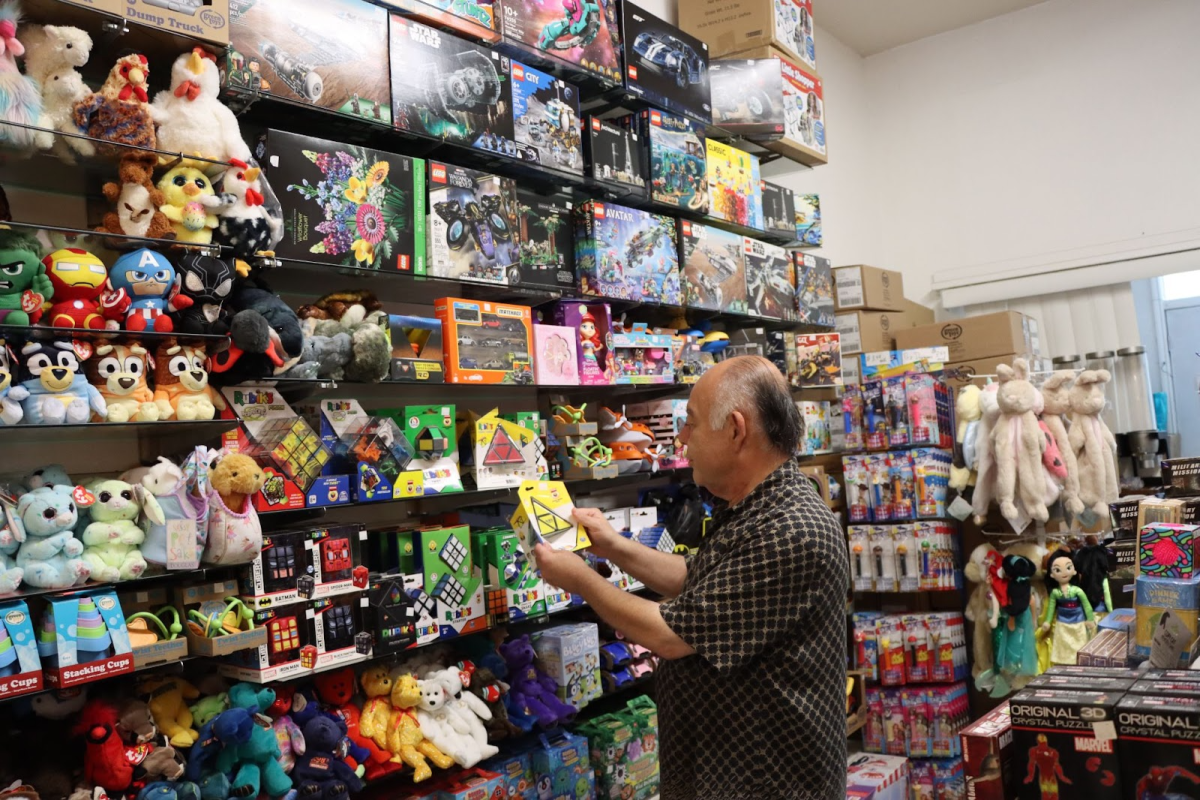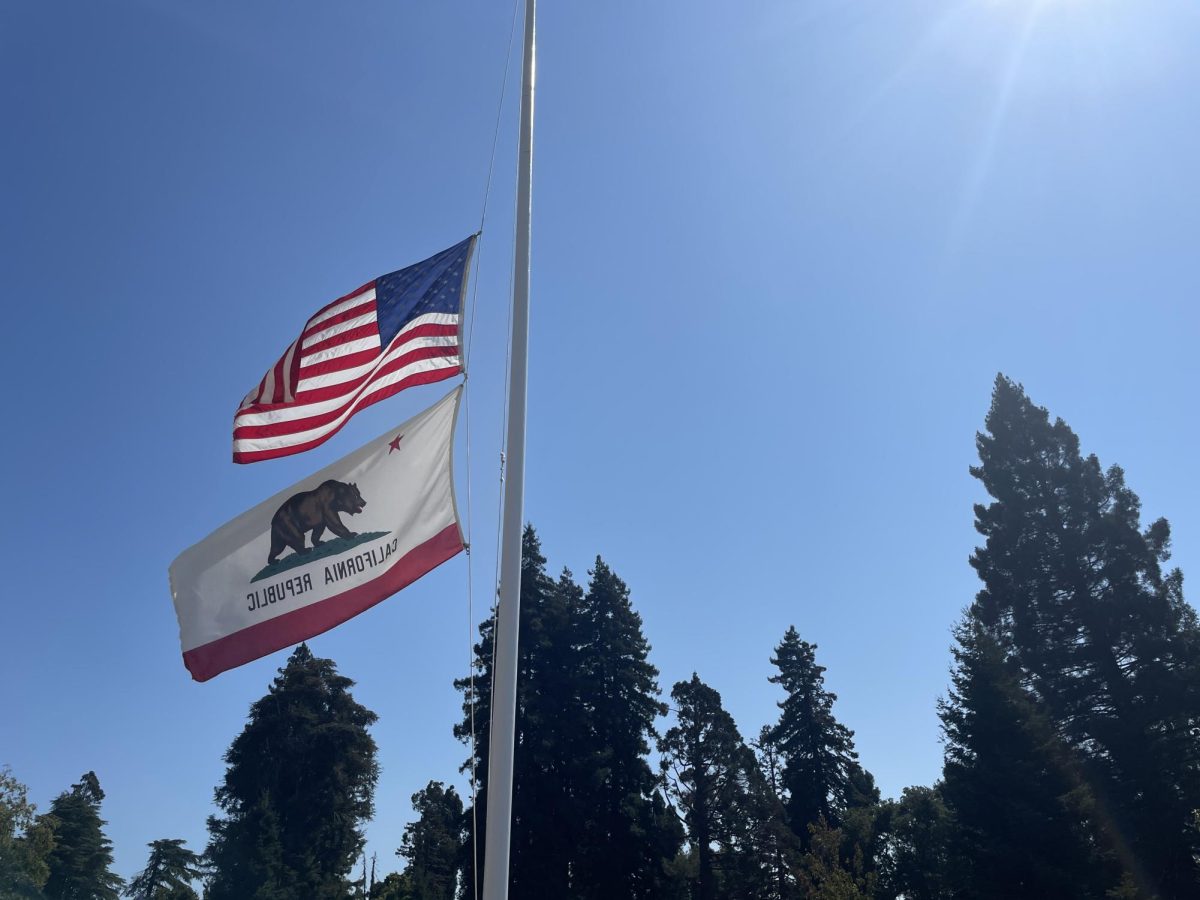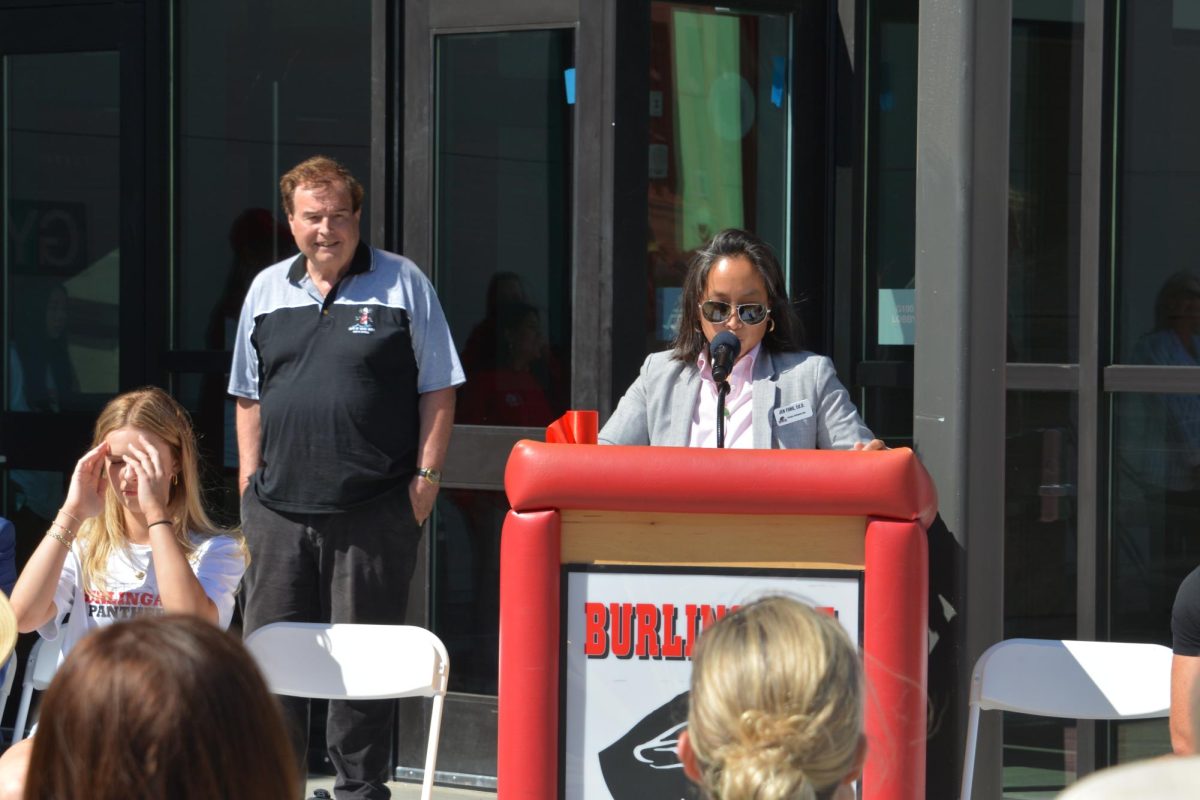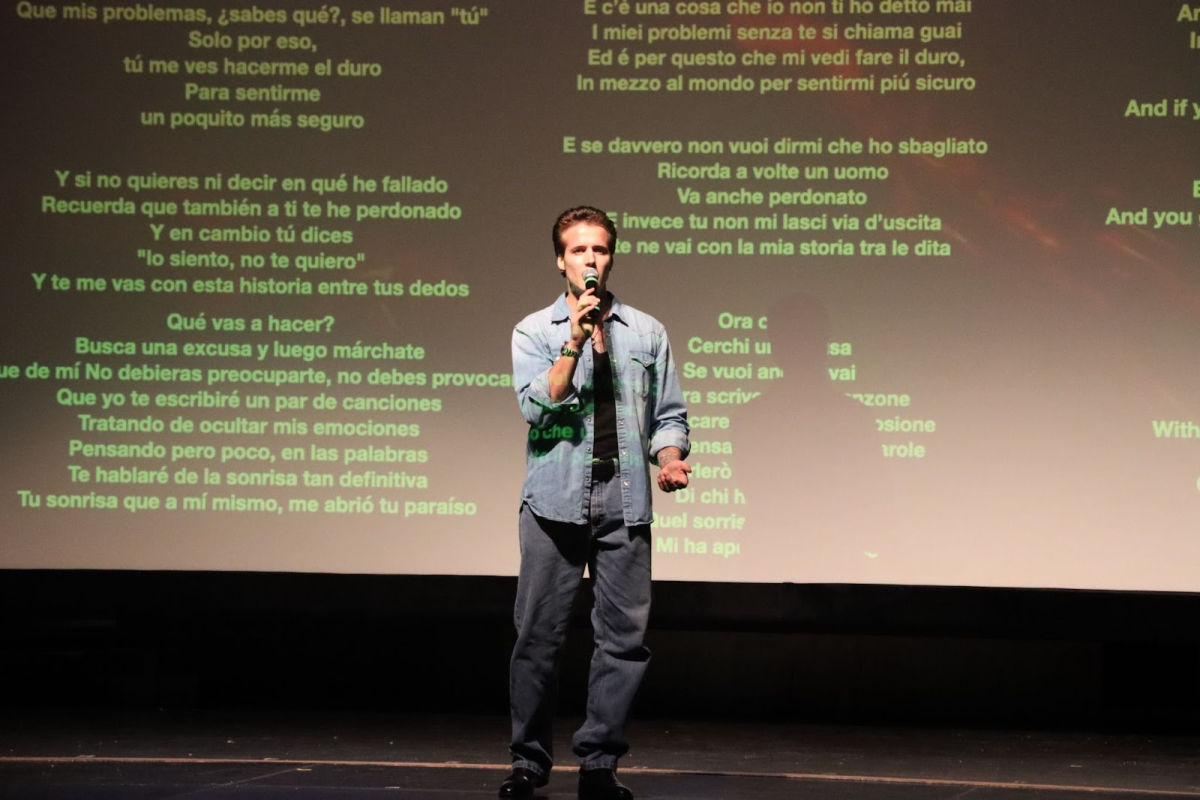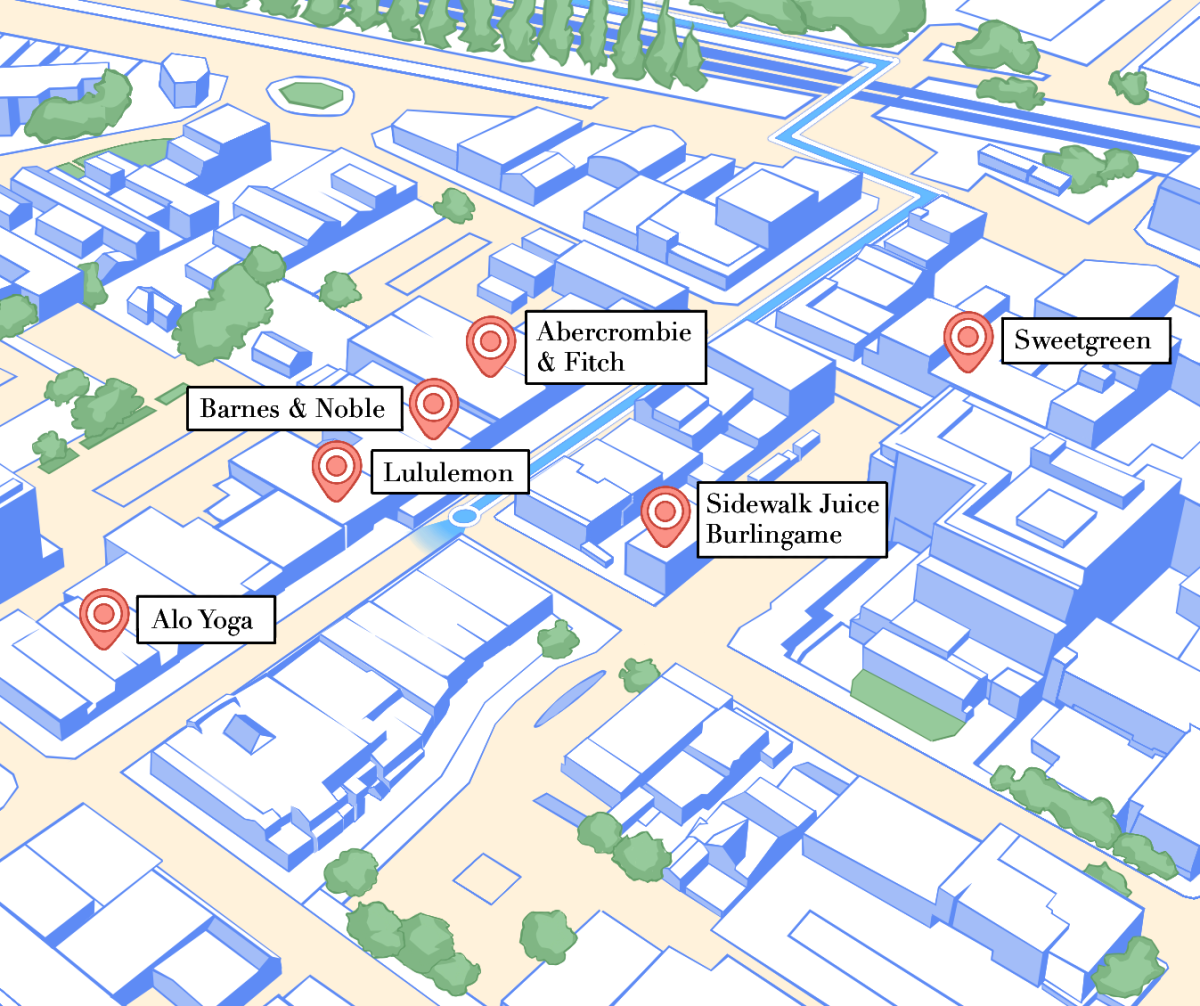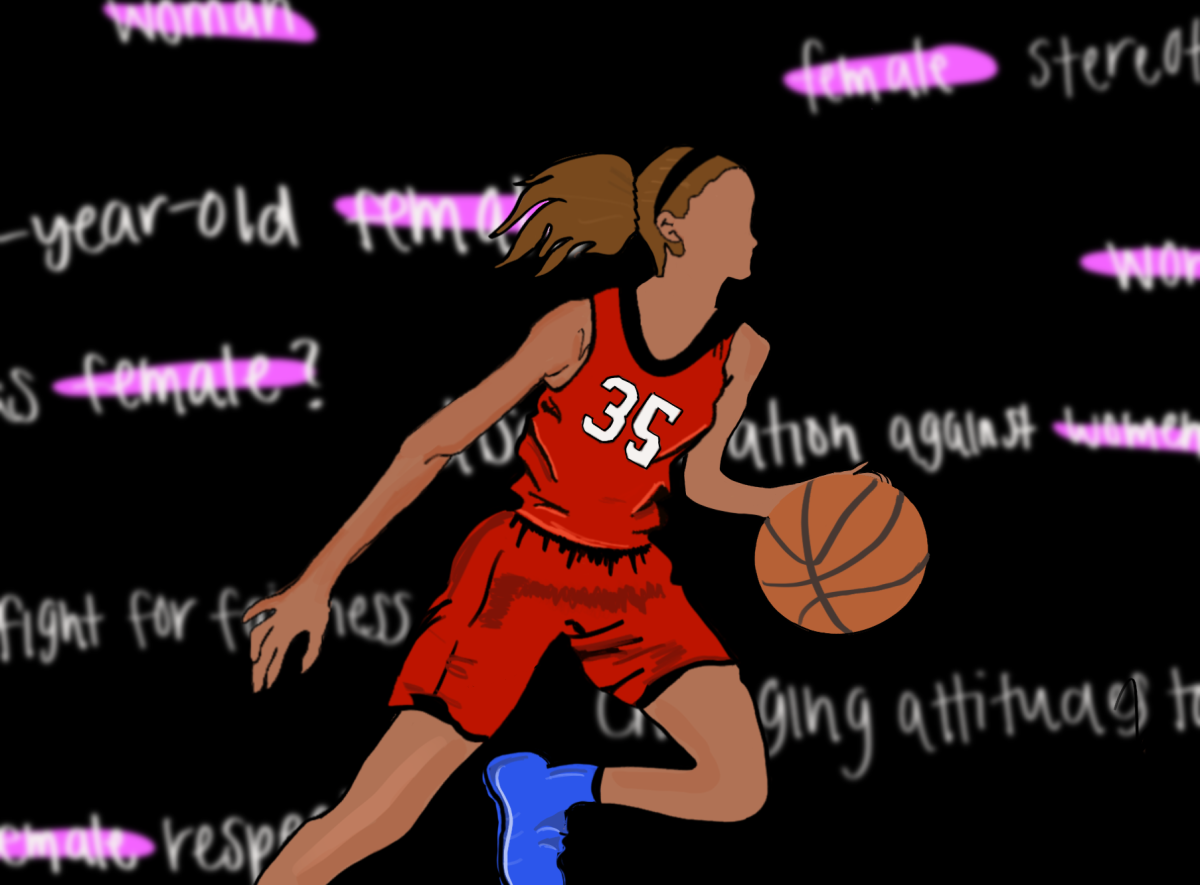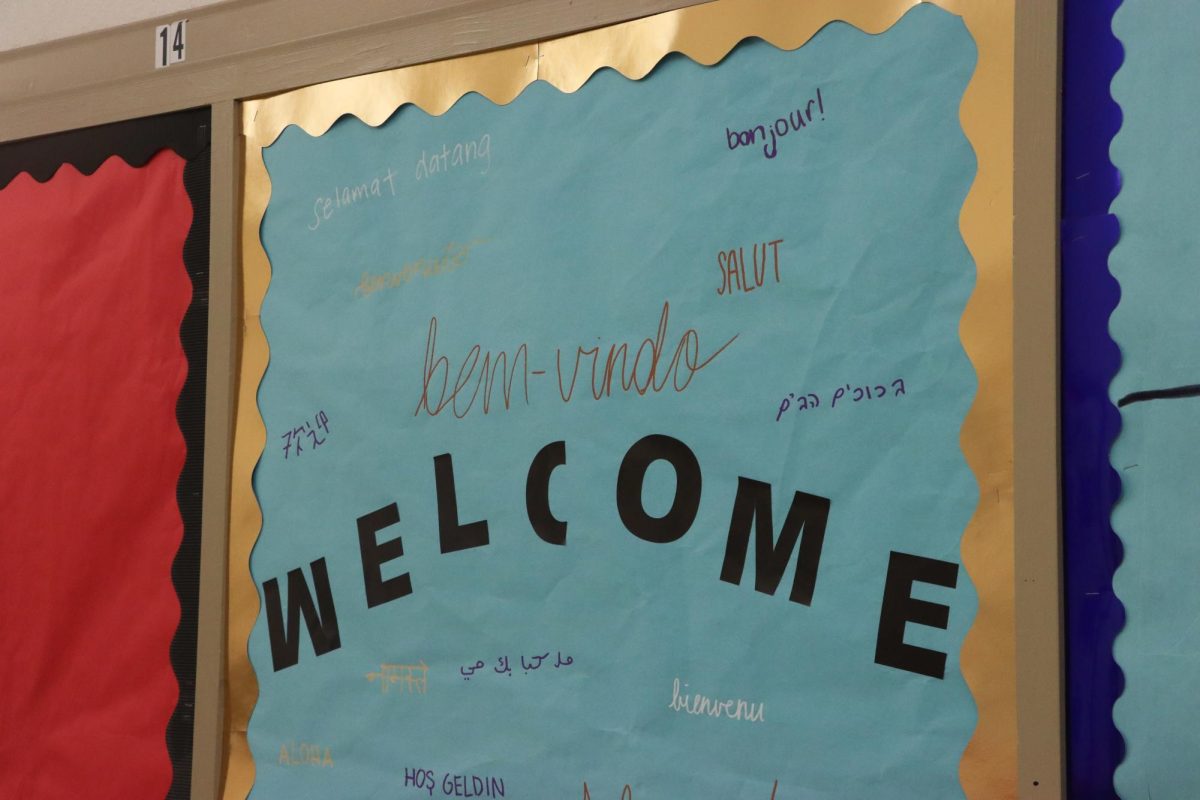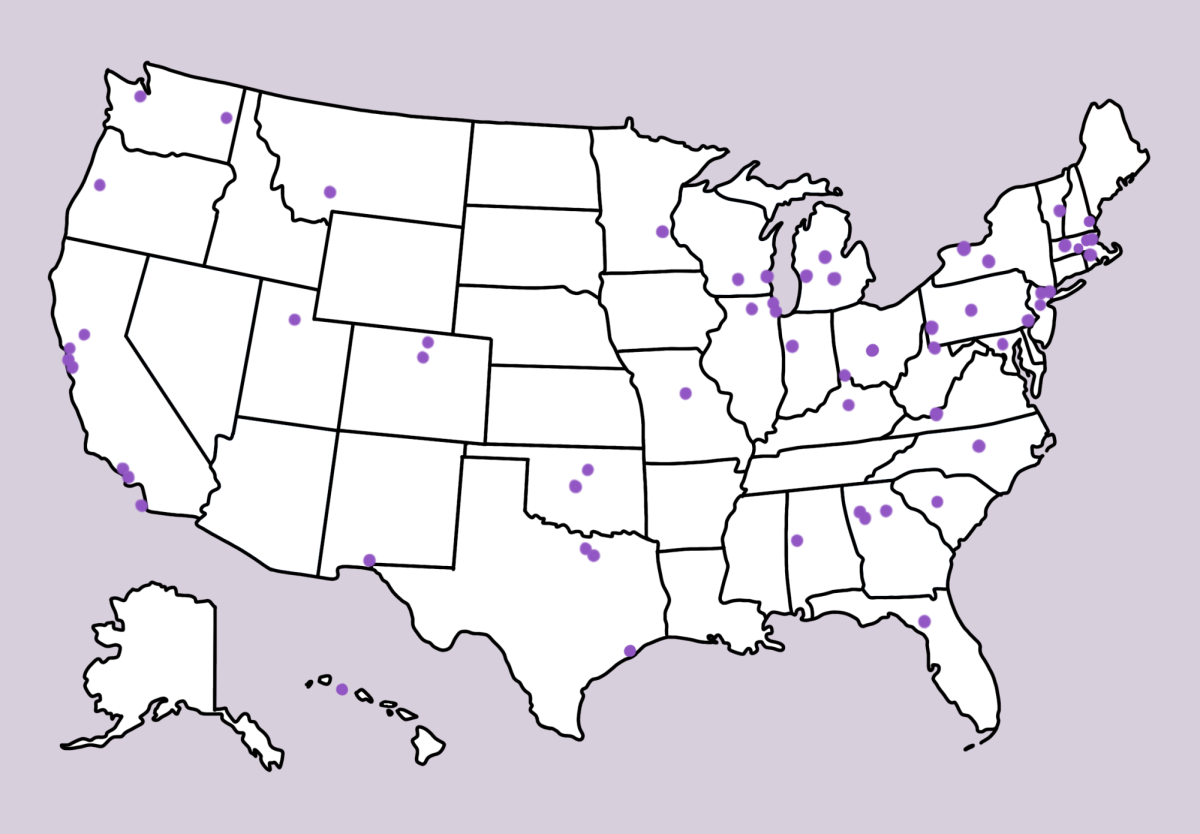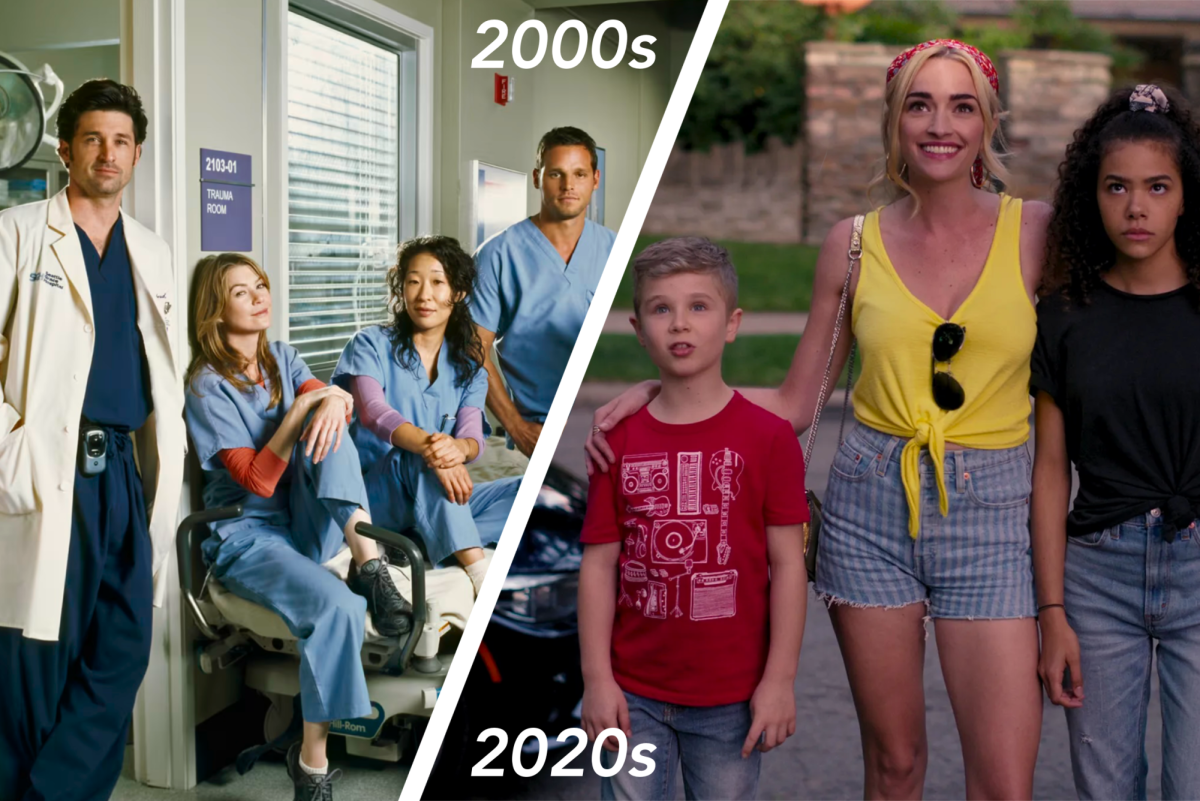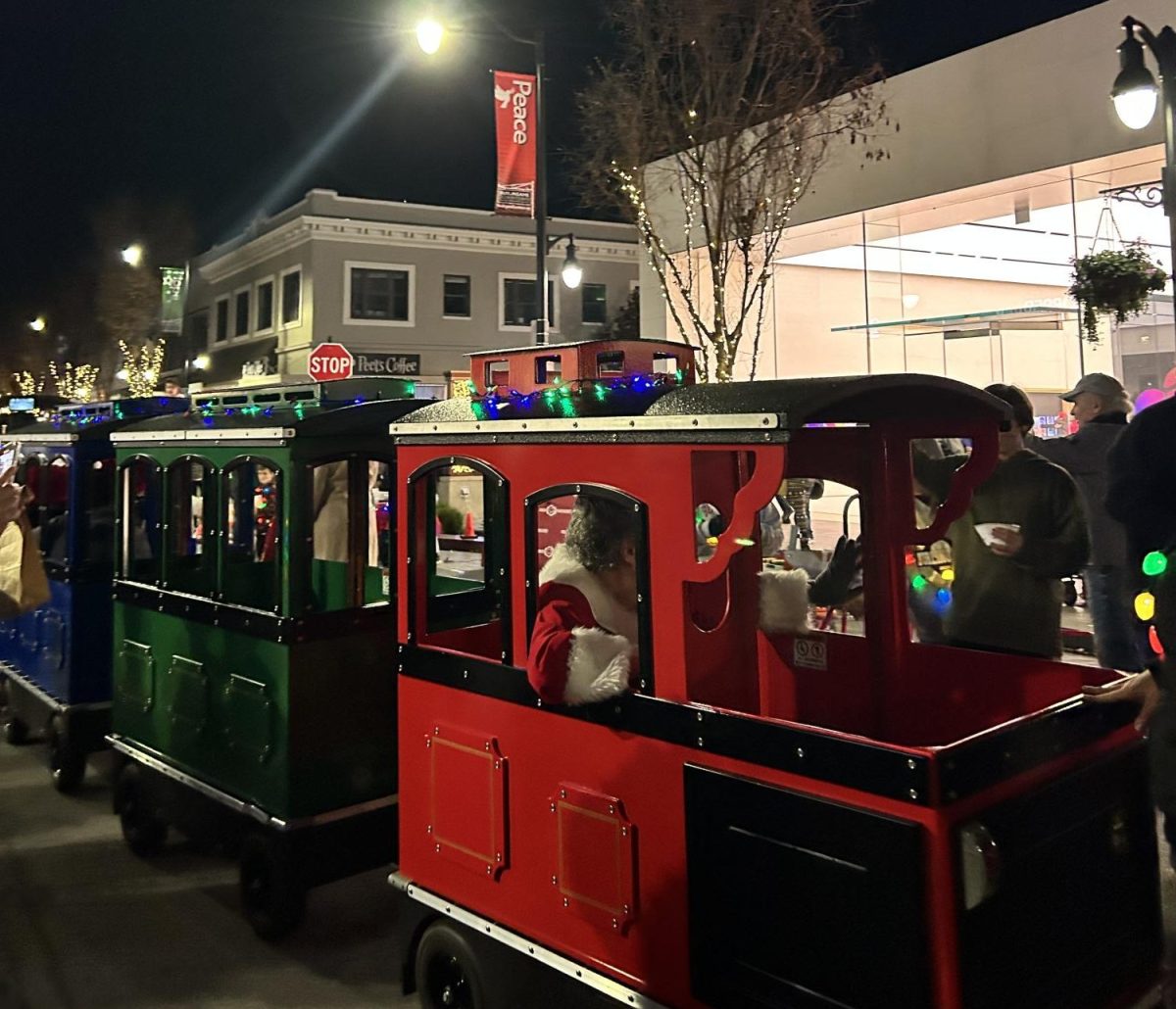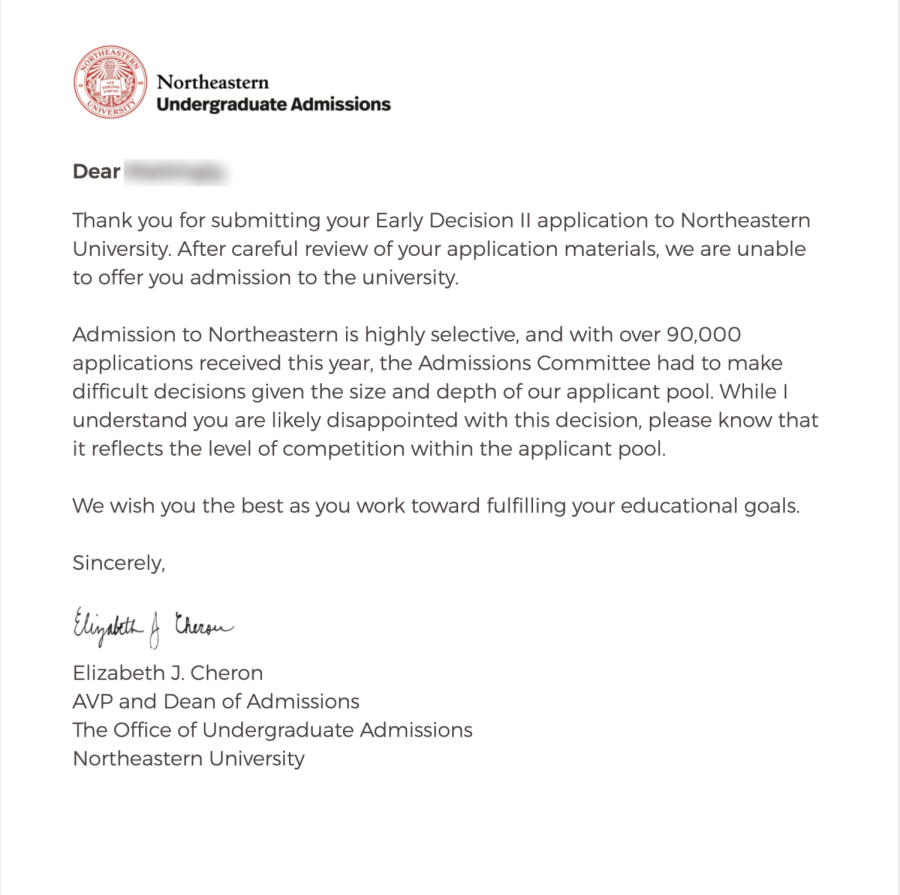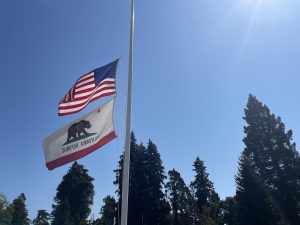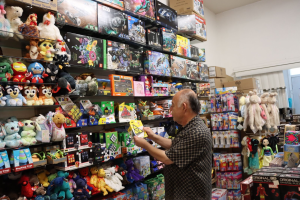Rejection wall would put college admissions stress in perspective
A shared wall would help mitigate the isolation many feel after rejection.
March 18, 2022
Let me paint a picture that many seniors can relate to, or will relate to by April.
After investing countless hours of your life on applications and anxiously waiting for what felt like an eternity, the email you’ve been envisioning in your head for months has finally arrived. Your dream school’s admission decision is here.
You’ve been imagining and what your life will look like for the next four years since you submitted your Common Application. Imagining your new roommate, friends and surroundings.
College is an oasis of fresh opportunity; you can become whoever you want to become, all while receiving an incredible education at a school you worked so hard to get into. Now, the only thing that separates you from that dream is a portal login and a hyperlink. You can feel the excitement in every exaggerated heartbeat as you enter your username and password, take a deep breath and click “View Decision.”
You didn’t get in.
Getting rejected from any college, let alone your top choice, is gut-wrenching. With so many applicants and so few spots, the admissions process is essentially a lottery. But after a rejection, it sure doesn’t feel like one — it feels like your fault.
There are numerous reasons one could get rejected from college. There’s tens or even hundreds of thousands of applications to some schools; you may have just not been the perfect fit. No single grade gets you rejected or accepted; but it feels like it.
You remember every failed test, every missing homework assignment from the past four years that shaved points off of your GPA. What if I had sacrificed that extra hour of sleep two years ago in order to study for that chemistry test I didn’t do too well on? What if, during freshman year, I went over that essay on “The Kite Runner” one or two more times? Would my grade have jumped from a C- to a B-? Would my life be on a different trajectory if not for the short-sighted decisions of my past self?
These feelings are only fueled and exacerbated by social media. Seeing people announce their acceptances into schools that turned you down, you can’t help but compare yourself to the ones that can now live your dream.
What I and many other students in similar predicaments fail to recognize is the shared experience that rejection is; we’re not broadcasting our failures like we are our acceptances. This secrecy only amplifies what’s already an extremely hard pill to swallow. It doesn’t make sense to suppress the ugly emotions of rejection when they’re something we’re all experiencing. Why don’t we talk about it more?
One way that some schools have helped their seniors accomplish this is with the introduction of an anonymous college rejection wall. There, students can post their letters of rejection in a safe, open environment, helping them realize that the feelings they’ve been keeping private are shared by many, if not most, of their peers.
The trend was popularized by Palo Alto High School, which introduced their wall during the 2008-09 school year to a great reception. A handful of schools in the Bay Area, one of the most academically competitive regions in the country, have since adopted the trend — including Crystal Springs Upland School, a private high school in Hillsborough. Their board has reportedly had a similar effect on seniors there, as they are better able to recognize the shared struggle that rejection is and move forward from it together.
“It’s nice to kind of laugh it off,” Crystal Springs senior Rhea Dhalla said. “It’s a good way to move on from it.”
Burlingame, in particular, would benefit greatly from a rejection board. According to US News, Burlingame ranks just outside of the top 7% of California high schools and just inside the top 7% of schools nationwide. This prestige inevitably fosters a culture that expects a level of success unrealistic to attain all of the time and expects you to sweep your failure’s under the rug. Evaporating the competitive nature of admissions would help us all collectively exhale, and realize that we’re all in this together — through the good, bad and ugly. And a rejection wall at Burlingame would allow us to do that.


